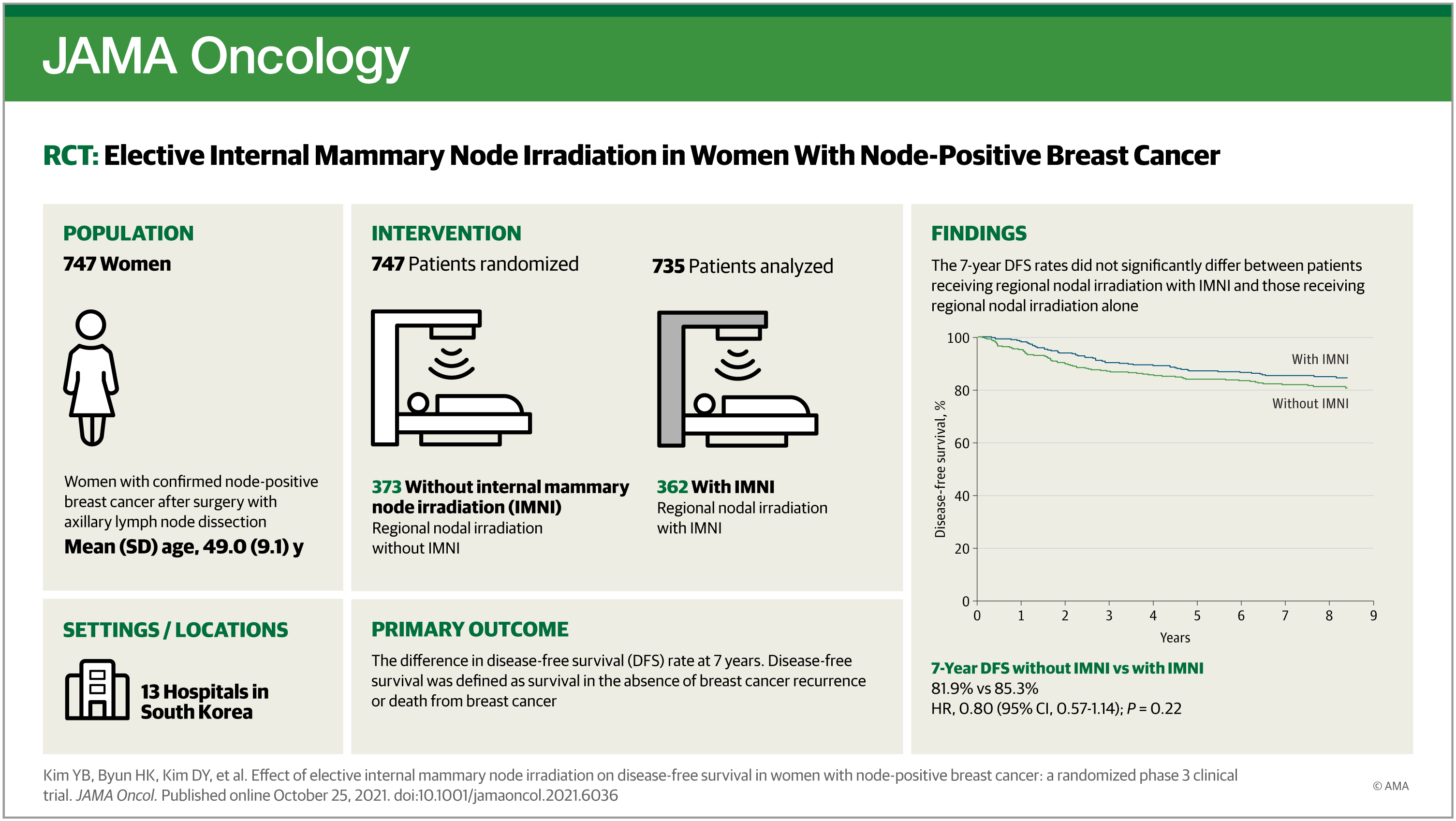- Joined
- Sep 7, 2014
- Messages
- 3,222
- Reaction score
- 5,957
Anybody thought about doing this? Or, doing this? Dosimetry probably not substantially different, but the reality is, it's now a stationary, or more stationary, target there's less radiation going to places it doesn't need to. I have the throughput capability and don't necessarily care if we dont get paid.



